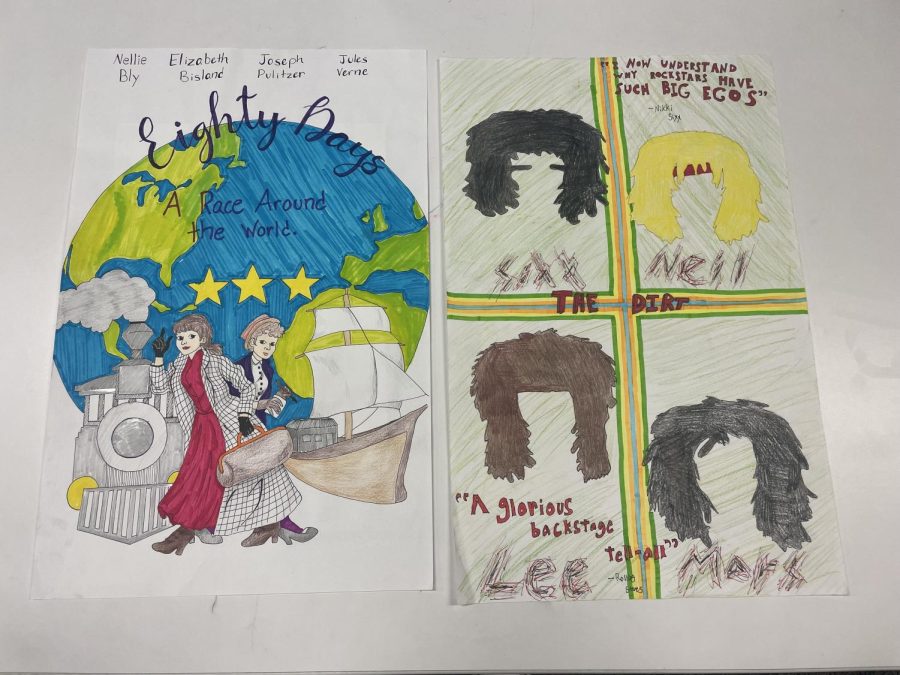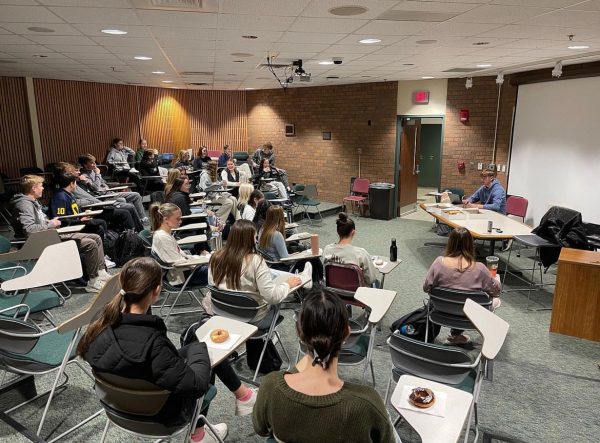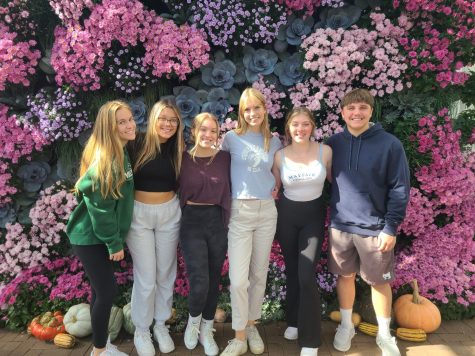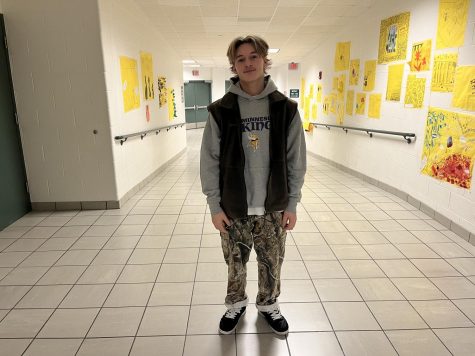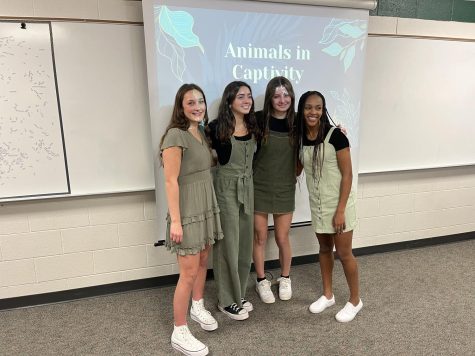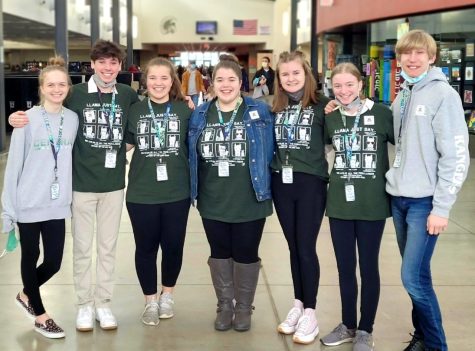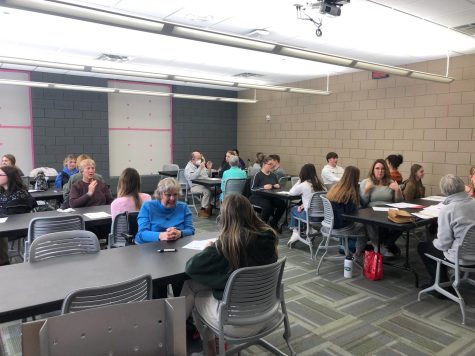The History vs. Hollywood end-of-semester project gives students the opportunity to learn about history in a creative way
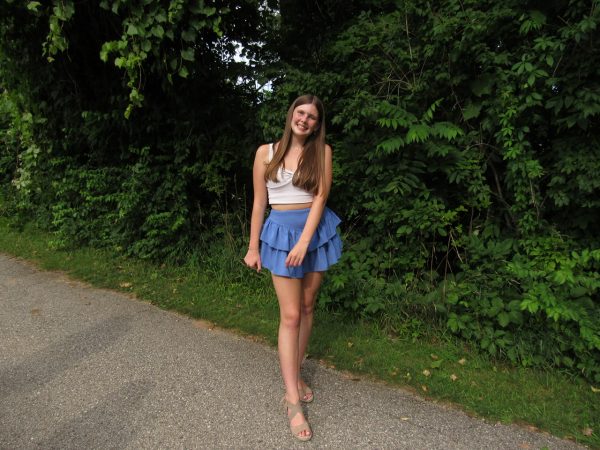
More stories from Ellerie Knowles
History vs. Hollywood teacher Kyle Carhart’s class is usually taken by upperclassmen as a relaxing class to watch movies and do very little work. So, when faced with a project, he has to make sure it is enjoyable for his students.
Carhart decided to make the end-of-semester project for his class different from prior years. It consists of multiple smaller projects all combined together. The students are overall planning a historical movie of their choice.
“The students in the class research great stories throughout history that could potentially be made into a movie because a lot of their class is looking at historical accuracy in film as it relates to the actual events that took place,” Carhart said. “We have students look at potential stories that would be interesting for them to see in a movie if they were to be able to give their input to Hollywood in some way to offer something that they would want to see in a topic of their choosing.”
Every aspect of the project has importance. The students start by finding the basics of the movie, such as who is it focused on, what time period, and where in the world. The second part really zeros in on the main character of their movie. According to Carhart, students have picked people from athletes to political figures. The third part is developing a movie poster to show off their movie. The fourth part is adding in other characters that would be included in the story. Then, the fifth and final part of the project is making a pitch, that, in the real world, would be given to a movie producer.
Carhart has been taking feedback about the project to try and make the project the most enjoyable for the students. Two of his students, seniors Eva Luyckx and Abby Hernandez, are working on the project together.
The students in the class research great stories throughout history that could potentially be made into a movie, because a lot of their class is looking at historical accuracy in film as it relates to the actual events that took place.
— Kyle Carhart
“We chose the Bender family, which was a family that migrated to America in the 1800s after the Civil War, and they committed a ton of murders,” Eva said. “It’s not really talked about that much, and they were never caught.”
The two are very positive about the project. They enjoy the process that the class goes through. The balance between still watching movies as examples and doing actual work is perfect.
“We’re watching the movie throughout the week,” Abby explained. “Then, once that film is over, we do a summary, and then, we have one day a week to work on it, which is nice.”
Carhart’s goal is for his students to not only enjoy the project but also to get information out of it. In the class, they watch historical fiction films to see how close they are to the actual events. This is what the project is making, although because it’s not a documentary, there needs to be a few parts that may not be completely true. A perfect example would be the movie Titanic.
“We’ve been watching a lot of movies that give examples of that,” Eva said. “[One movie] was actually about this guy [who] wrote checks and never paid them. So, they made it look more realistic by saying ‘oh, he became a pilot and flew a plane.’ He didn’t actually fly a plane, but he poses as a pilot.”
Because History vs. Hollywood is usually taken as an easy class, Carhart wants to make it as entertaining as possible. He has been taking advice from students as they work through the project to see what they like about it and what they don’t.
Eva and Abby think that the project is exciting and creative compared to other projects. They also enjoy the fact that they don’t have to do a presentation or take an actual exam.
“It’s our exam, so it’s really nice that we can just come together and work on it,” Abby said. “I think it is an easy project.”
It can be hard to get the students excited about school work, especially when they take the class for the purpose of it being easy. This project is the solution to doing work while making it interesting for the students. Carhart’s plan is to slightly alter the project according to what works best for the students and teachers.
“It can be difficult to get them excited about or get them to want to do,” Carhart said. “That’s also a part of the reason that as we push out the project over the course of the semester: [to] try to take note of some students, how they respond, what they like doing, [and] what they don’t like doing, and it’s building up to it from there.”

Ellerie Knowles is a sophomore entering her second year on The Central Trend. She is on the FHCVDT and dances outside of school as well. In her free time,...





















































































